On May 14, MailChimp sent an email to all the subscribers of its Free plan. “Exciting updates coming to your Mailchimp account” was the text in the subject line but what were the updates and what do they mean?
What’s New in MailChimp?
MailChimp has changed its price list and applied more stringent rules to Free account owners, the bulk of the Atlanta-based email marketing giant’s users.
MailChimp says that it’s planning to focus on services that are largely ancillary to email marketing, such as CRM, social network management, and contact list segmentation. Postcards, digital ads and… websites are also mentioned. MailChimp plans to become an “all-in-one marketing platform,” said CEO Ben Chestnut.
That’s the headline. The substance of the message though is quite different. MailChimp is adding a package, and replacing Grow and Pro by Essentials, Standard, and Premium.
How Mailchimp Is Changing the Contact Count
The Free plan is undergoing a substantial reduction in scope. With the ability to manage up to 2,000 contacts for free, the plan had made an important contribution to MailChimp’s popularity.
What’s the “New” Free Plan?
MailChimp says that its “definition of audience is changing.” That 2,000-contact limit will no longer count only active subscribers but the entire database, including unsubscribed addresses and users who have not confirmed their registration. That database is now called an “audience.”
Users of the Free plan will need to keep their list clean. To stay under the 2,000 contact limit for as long as possible, they’ll have to keep their active contacts and discard all those that are in some way problematic.
Starting from June 15, 2019, MailChimp will count all additional contacts as extras and charge accordingly. The new Free package will also have only one administrator, five templates, and a single contact list. The maximum mailings per month has also dropped from 12,000 to 10,000.
Price Ranges Are Related to the Size of the Database
Users who are only interested in email marketing (and are not micro-enterprises) are likely to be drawn to the Essentials plan, which costs from $9.99 a month. The plan adopts several of the features that were previously included in the old Free package, including A/B testing, some automation, and access to the template gallery, including an HTML editor. The Essentials plan is limited to three contact lists and three administrators.
All three new paid plans also calculate the price based on the size of the audience. An Essentials plan with 500 contacts is $9.99 a month. But 20,000 contacts costs $159, and 50,000 contacts cost $259.
The Number of Submissions Is Based on Database Size
The number of emails that can be sent every month is also tied to the number of contacts stored in the database. With an Essentials plan stretched to the limit, you cannot go beyond 500,000 mailings. The Old Grow plan was unlimited.
The Standard plan has audience brackets that change sharply from 500 contacts ($14.99) to 2,500 ($49.99) and on to 100,000 contacts. These can be divided into no more than five lists while the mailings are limited to twelve times the number of contacts in the purchased range. So if you had a Standard plan with 2,500 contacts, you could send no more than 30,000 emails a month.
The Standard package also includes several advanced functions that were previously available in the Grow plan, such as sending emails according to local time zones and the ability to encode your own HTML. These are now only available with a double-digit percentage increase in costs from the Grow to the new Standard plan. The current MailChimp pricing panel shows the new distribution of services.
End of the MailChimp-Shopify Agreement
In March 2019 the collaboration between MailChimp and Shopify, an ecommerce app, was terminated following a dispute about customer data. MailChimp had wanted to protect customer data by not synchronizing all information with Shopify. The latter said that they needed to make data available to guarantee the best service to retailers.
Many account owners on Shopify have been forced to make a choice: to use third-party integrators like Zapier, hopSync or Automate.io; or to find another solution to their email marketing needs.
Conclusion
MailChimp is now aimed at selling elaborate marketing platforms, like Hubspot. Email marketing is only one part of a business model that relies on numerous resources, from CRM and social network management to predicting user behavior.
We believe that most people who use email as their main marketing tool will reject MailChimp’s move. Ultimately, customers don’t want to pay more for advanced features they don’t need, or settle for the most basic of functions. Other services are available on the market which don’t overload users with tools that are unlikely to be used and provide high quality service at competitive prices.

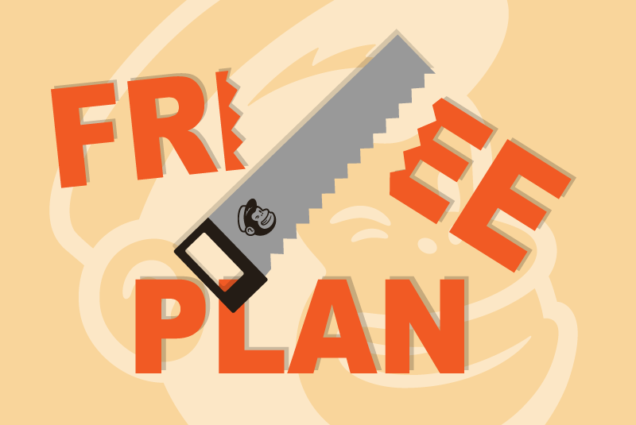
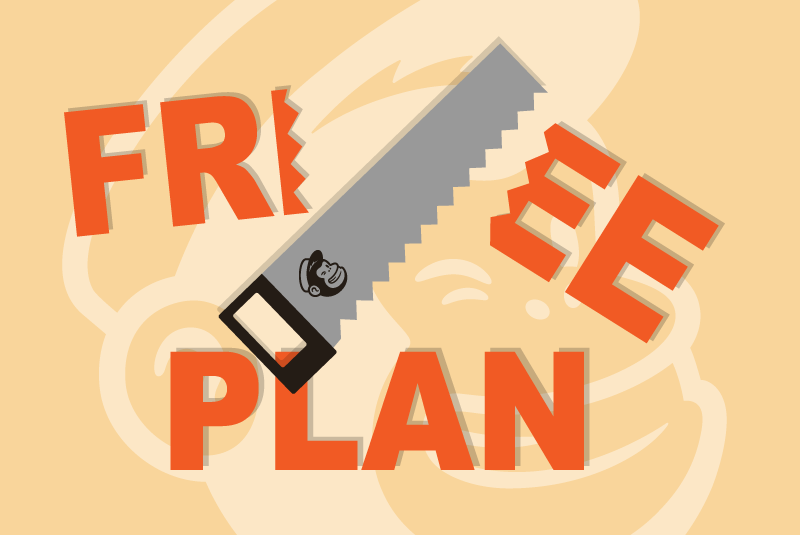
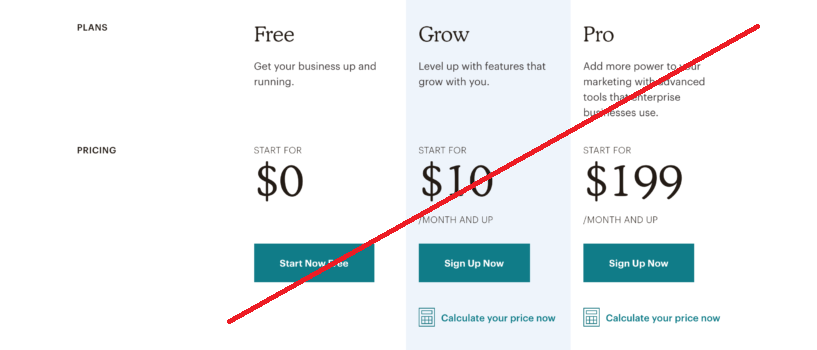
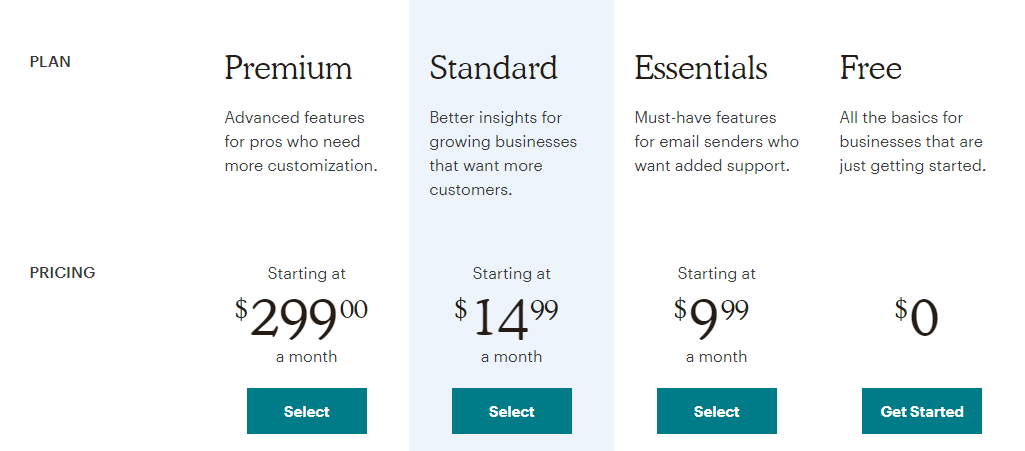
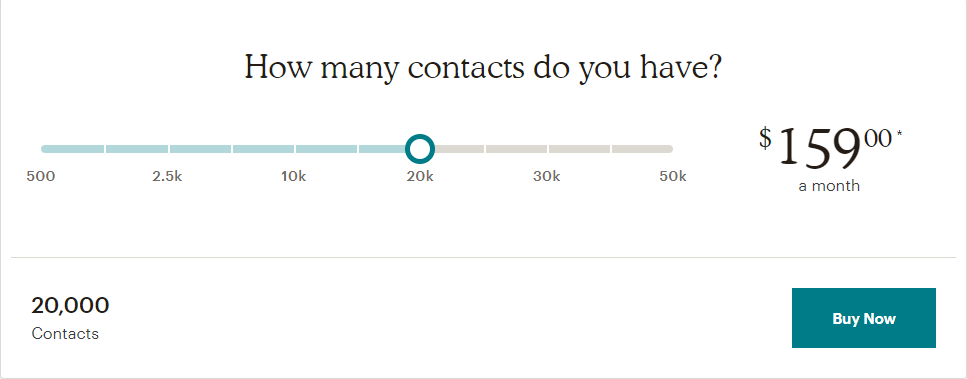
Is there a “free” basic mailer program like MailChimp for small non-profits and civic organizations?
Perhaps check out Bravenet.com No charge until 2,000 subscribers. it also has other website features. I’ve been using Bravenet for my public library for 12 years and only got charged when I crossed the 2,000 threshold.
I was searching Mailchimp’s pricing – and they begin to charge at 2,000 with no discernable advantages.